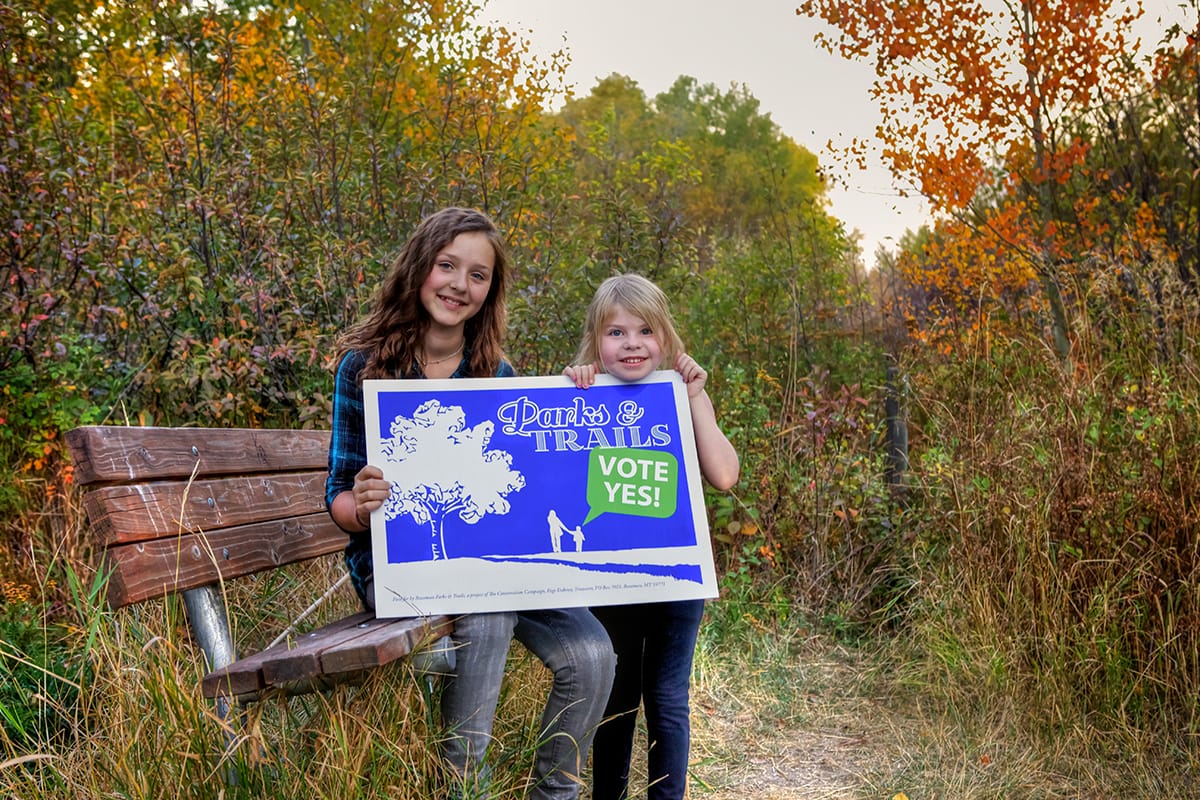
Growing Berries on Coast Dairies
Growing Berries on Coast Dairies
It’s virtually impossible to drive the winding stretch of Highway 1 in Central California without marveling at the magnificence of the coast. Here, towering cliffs stand guard against crashing surf, and soft sand beaches and sea stacks glisten through fog-filtered sunlight. But this postcard-worthy coastline is more than just eye candy-stretching back from the beaches is some of the most fertile agricultural land in the state.
In 1998, The Trust for Public Land purchased 7,000 acres of coast, agricultural lands, and inland hills just north of Santa Cruz that had been slated to become a 139-home subdivision. A coastal portion of the Coast Dairies land was conveyed to California State Parks for public recreation and to build a portion of the California Coastal Trail–a 1,200-mile hiking, biking, and equestrian trail set to span the length of California’s coast.
As for the agricultural land: local farmer Jim Cochran convinced us some of that would be an ideal site for an organic strawberry farm.
Jim envisioned a coastal farm open to the public, where locals and visitors alike could pick strawberries straight from the fields. Recognizing an organic U-Pick berry farm would be good for the land and even better for the community, we leased the former Coast Dairies & Land Company property to Cochran, and Swanton Berry Farm was born.
An Organic Pioneer
When Jim first announced he was going organic, the local farming community raised a collective eyebrow. No farmers in the area had ever attempted to grow strawberries without chemical pesticides, and plenty of Cochran’s peers told him he’d never be profitable.
It took a few years, but Swanton Berry Farm proved them all wrong. Today, the farm is a financial success, enjoying similar—if not greater—berry yields as neighboring chemical farms. Swanton berries are free from harsh toxins and rich in flavor. Instead of pesticides, Cochran employs natural defense tactics such as predator bugs, strategic planting, and weed-reducing groundcover.
“We’ve proven that you can farm organically and still make money,” says Cochran. “It’s been extremely rewarding to see it all come together, both from an agricultural and a business perspective.”
A Day on the Farm
The Swanton Berry Farm offers visitors the chance to spend a day on a working organic farm, surrounded by some of the most picture-perfect views in the state. After a few hours of picking berries, visitors are welcome to wander the quaint grounds. Scattered picnic tables provide scenic spots for lunch. The farmhouse feels like grandma’s house, complete with strawberry shortcake, an assortment of old-fashioned wooden board games, and comfy chairs.
|
Meet farmer and owner, Jim Conchran. |
“It’s an experience,” says Cochran. “People can come for a few hours or an entire day to let the kids run around, pick strawberries from the ground, enjoy the ocean views, have dessert and take home some jam.” Visitors from all over the world make a beeline to Swanton Berry Farm. Cochran has cultivated relationships with international farmers and students, who stop by to learn from his organic farming methods.
“On any given day, there will be three or four languages being spoken at the farmstand, “says Cochran. “We meet the most interesting people—it’s like a mini United Nations in there some days.”
The farm’s appeal is not lost on the city folk, either. Visitors come from San Francisco and Silicon Valley to escape into a simpler life—if only for an hour or two.
“It’s fun to watch tech workers who make video games for a living unplug and enjoy the simple pleasures of wooden board games and fresh berries,” remarks Cochran.
Stewarding the Land
Like most farmers today without significant capital or a multi-acre inheritance, Jim struggled to find property for his farm. But he was committed to organic farming and to conserving and sharing land with the public—qualities that made him a perfect Coast Dairies steward and lessee.
“The thought of the family farm, handed down for generations, is nice, but isn’t reality for most,” says Cochran. “The Trust for Public Land farmland conservation model offers a way for ordinary people who didn’t inherit farmland and don’t have huge amounts of money to make a living farming.”
Running an organic strawberry farm is no cake walk. Like other farms, some years Swanton’s loses money due to unforeseeable circumstances, like too much or too little rain. But, through it all, Jim has never compromised his commitment to his employees—who are unionized and own shares of the farm company—or his enthusiasm for the work.
“No matter how bad the damage is in any given year,” says Jim, “we always have fun. And we can always look out at the ocean and remember how lucky we are to be here. It’s a little piece of paradise.”
Pick you own berries at the farm! www.swantonberryfarm.com
Learn more about our work to protect family farms and ranches.
This raw, beautiful landscape in Southern California is home to Indigenous heritage sites, and it provides critical habitat for threatened and endangered species. Urge the administration to safeguard this extraordinary landscape today!


Donate to become a member, and you’ll receive a subscription to Land&People magazine, our biannual publication featuring exclusive, inspiring stories about our work connecting everyone to the outdoors.
See how our supporters are helping us connect people to the outdoors across the country.











